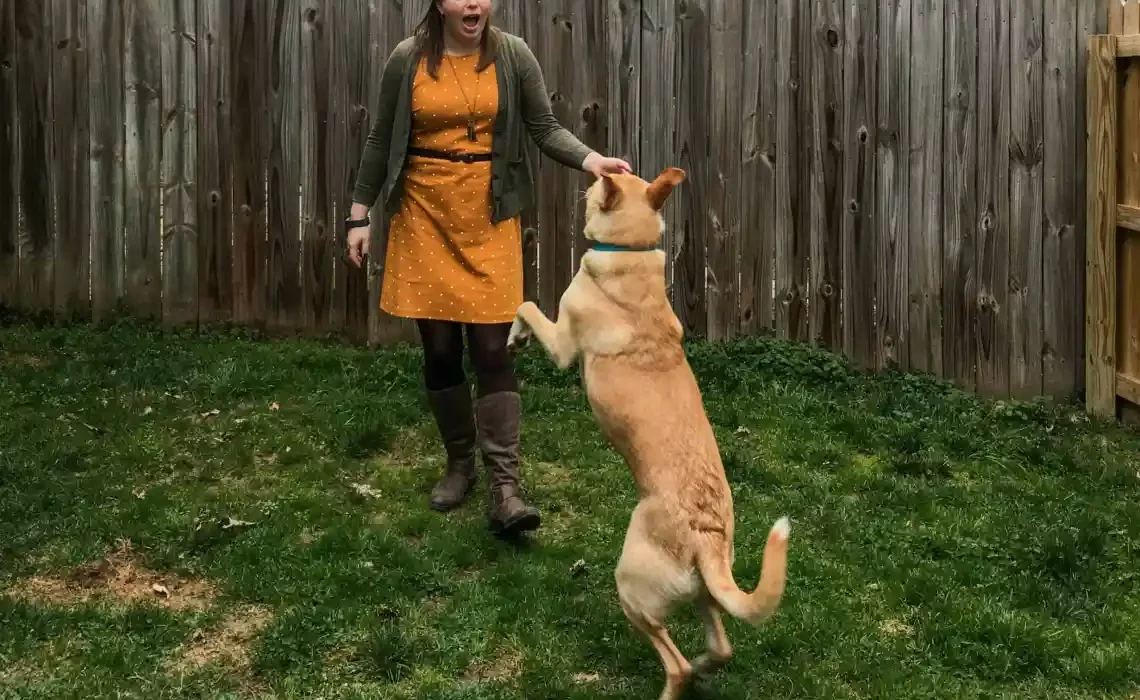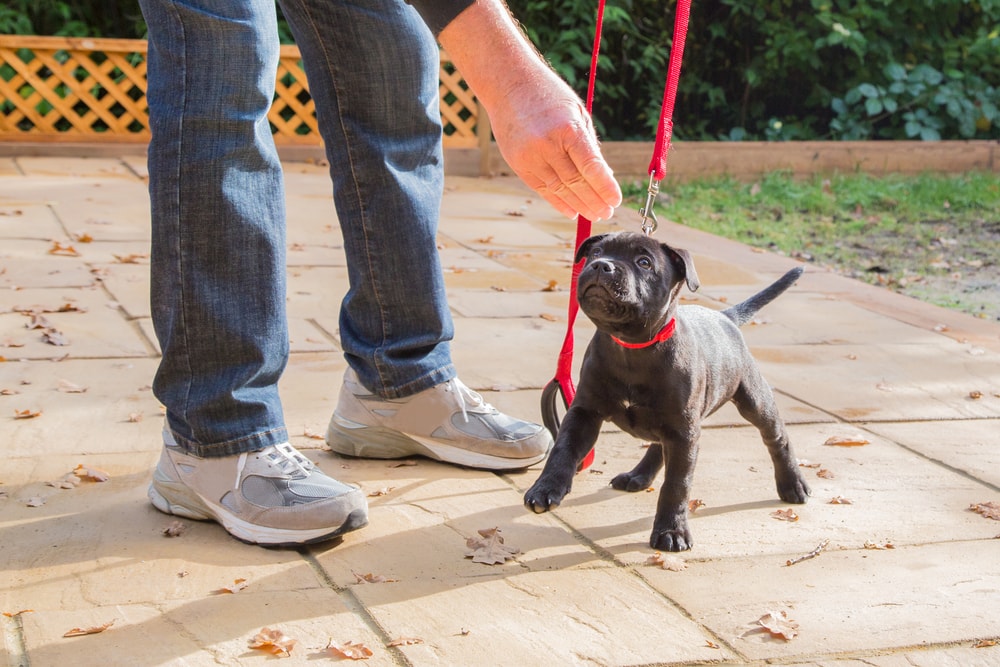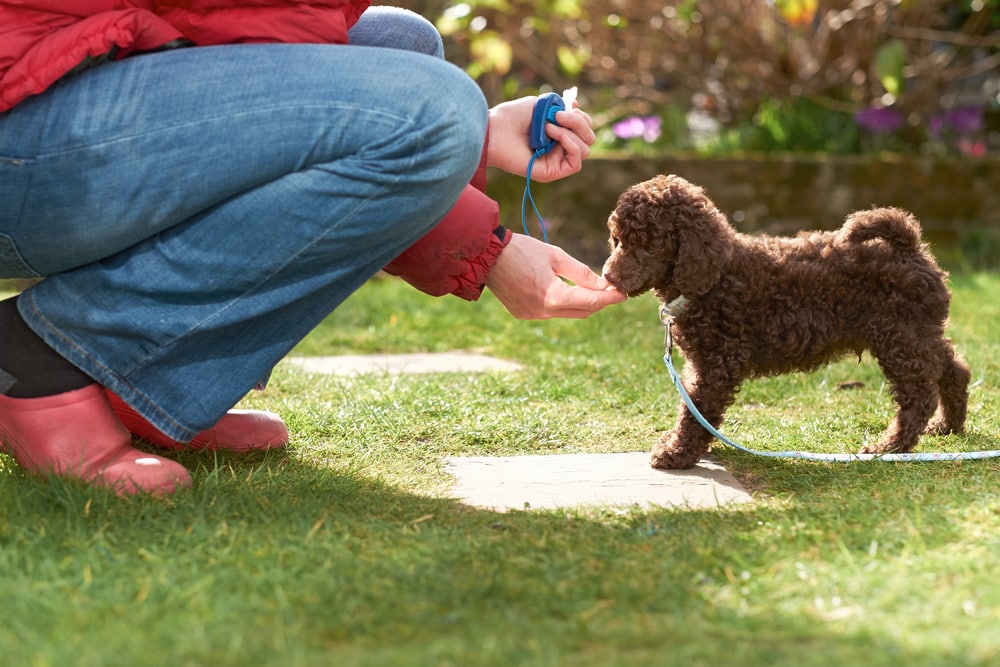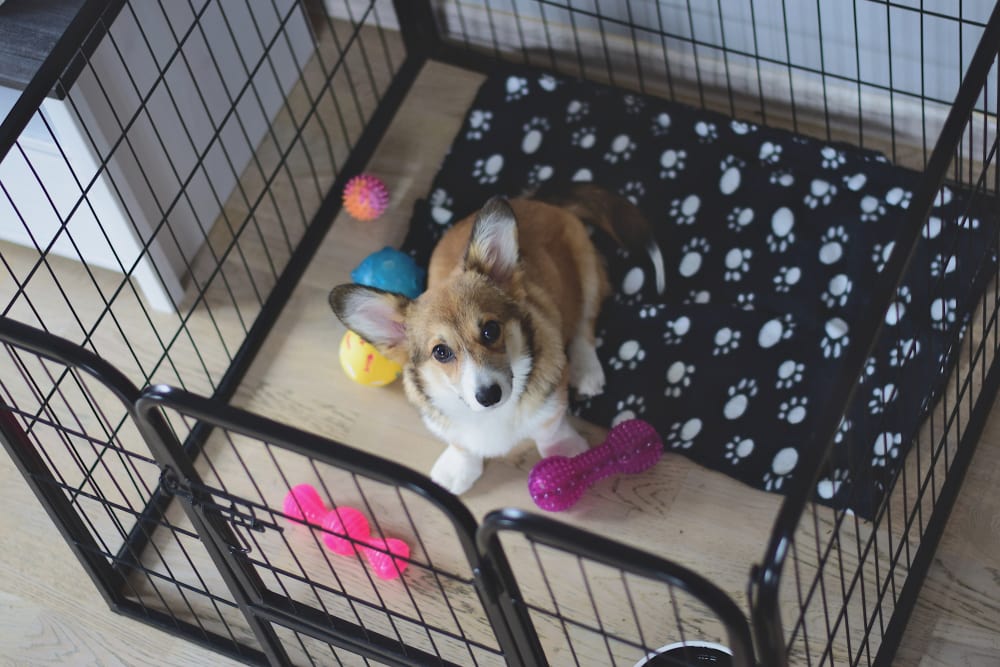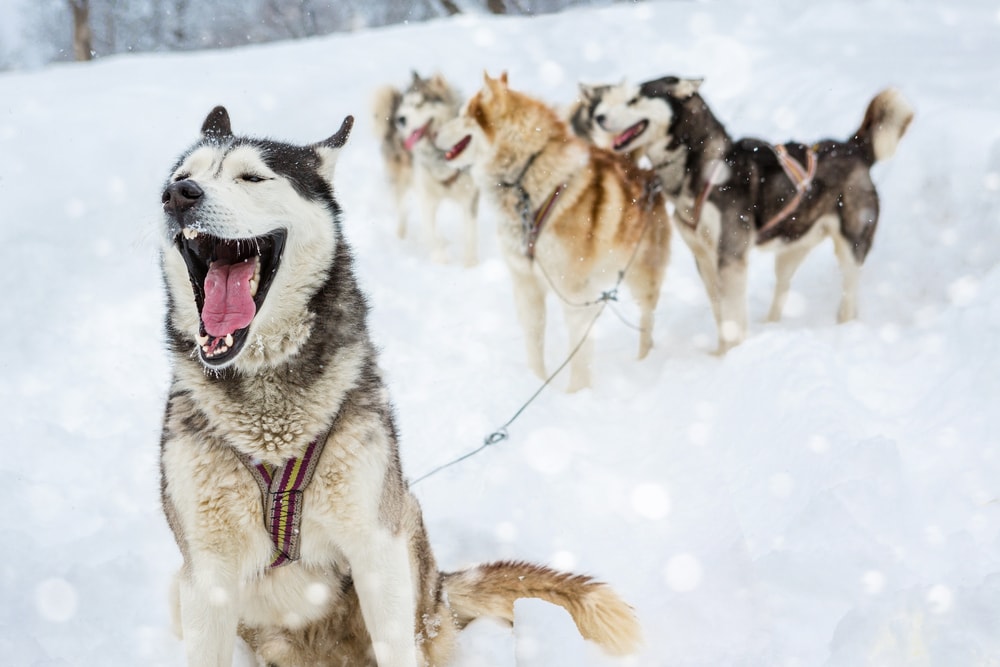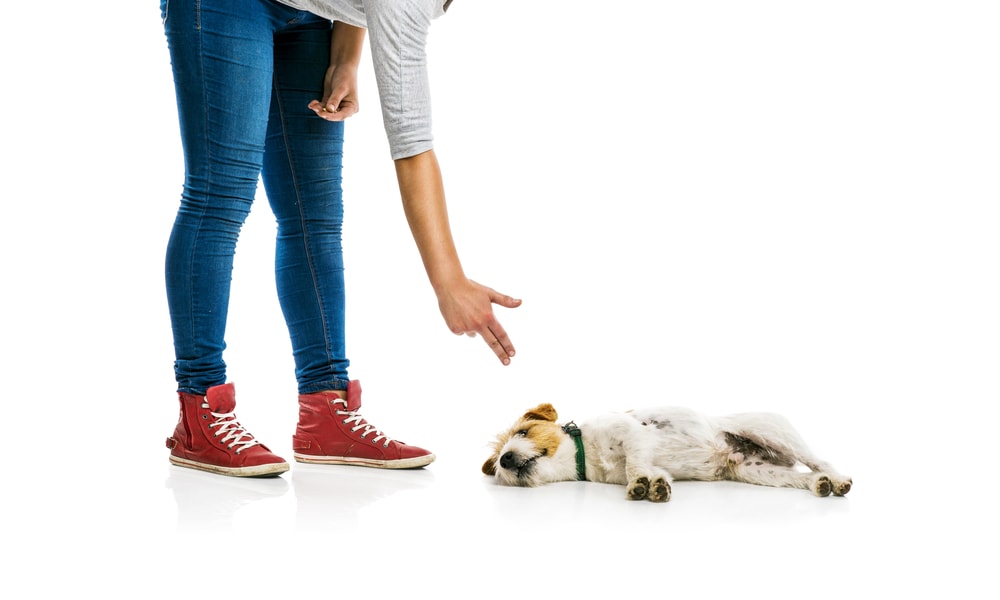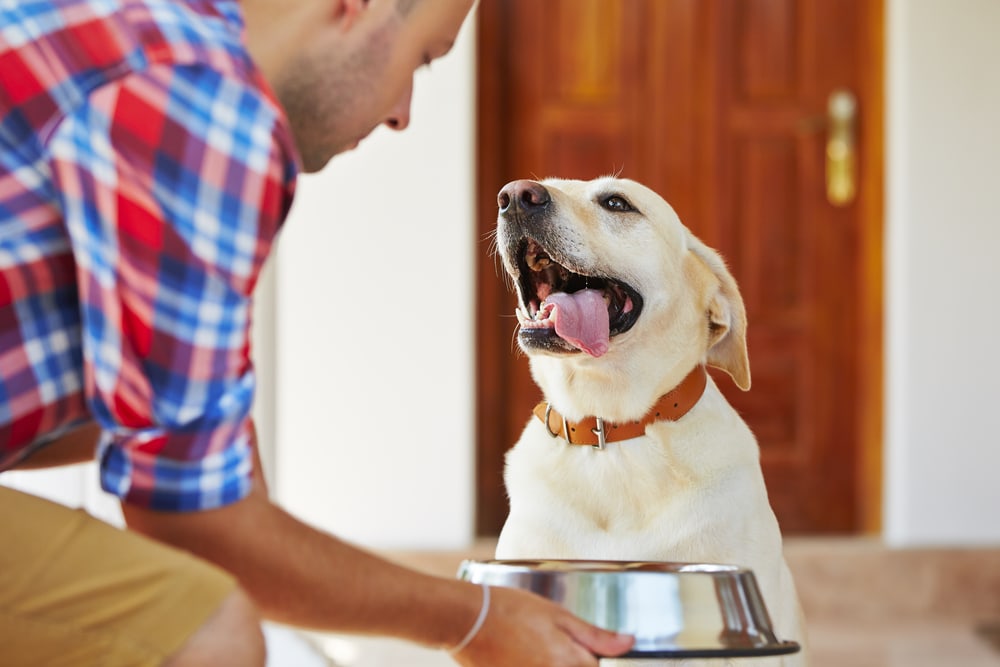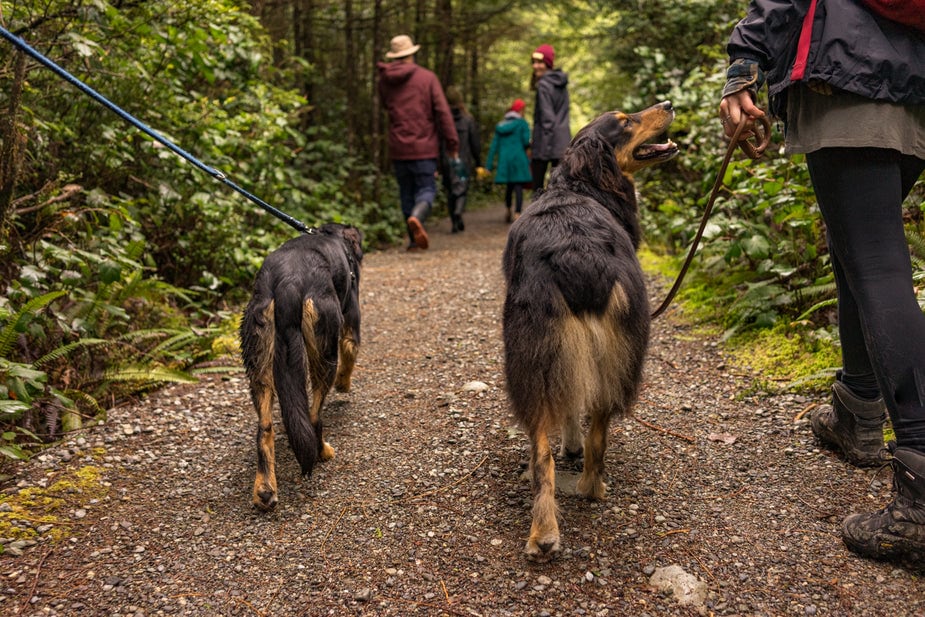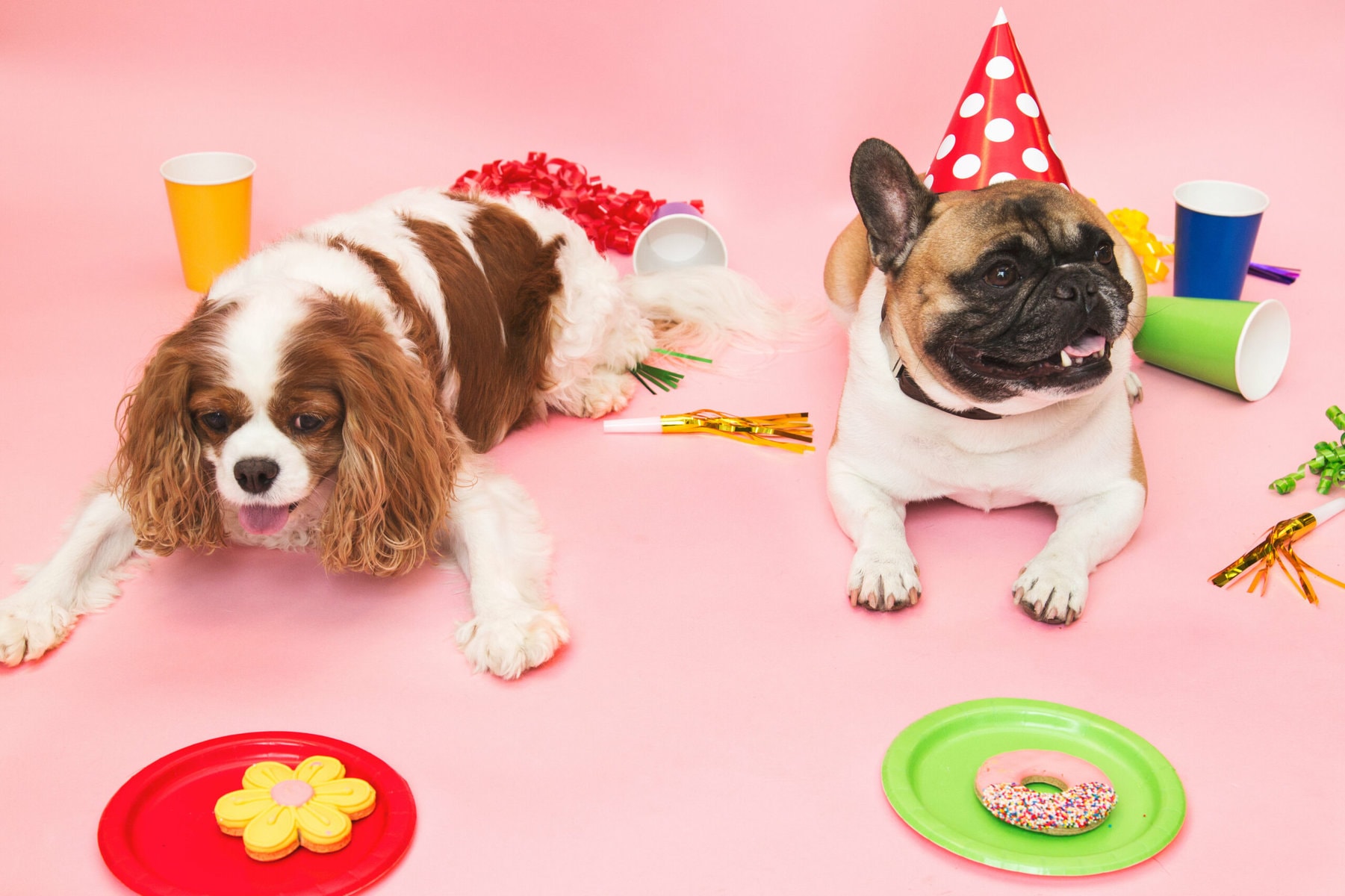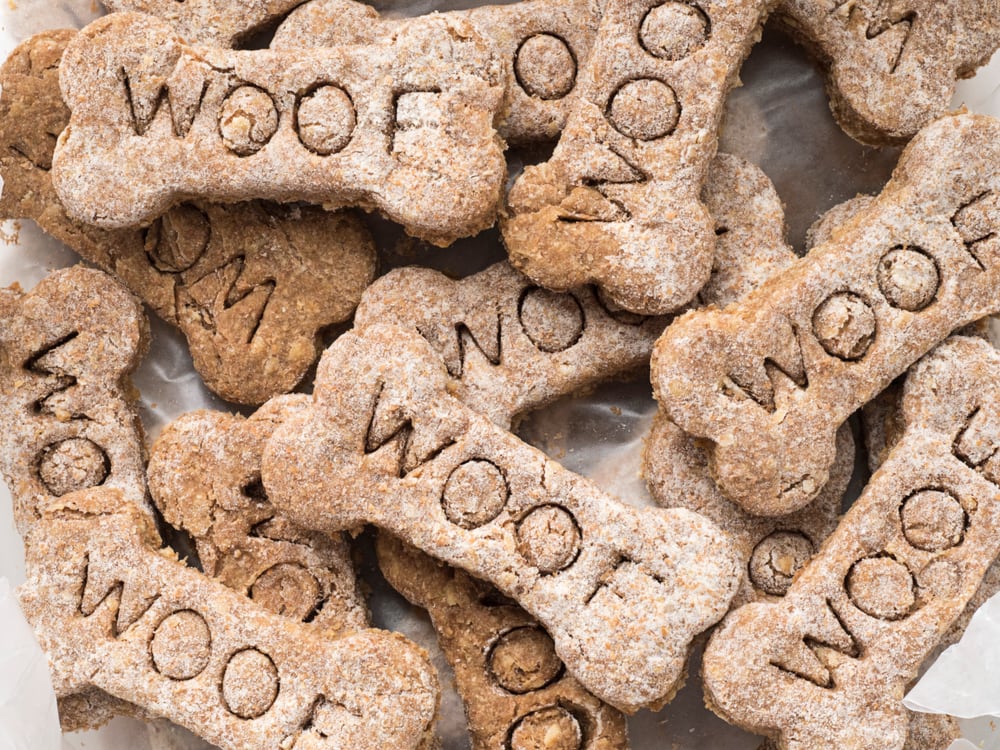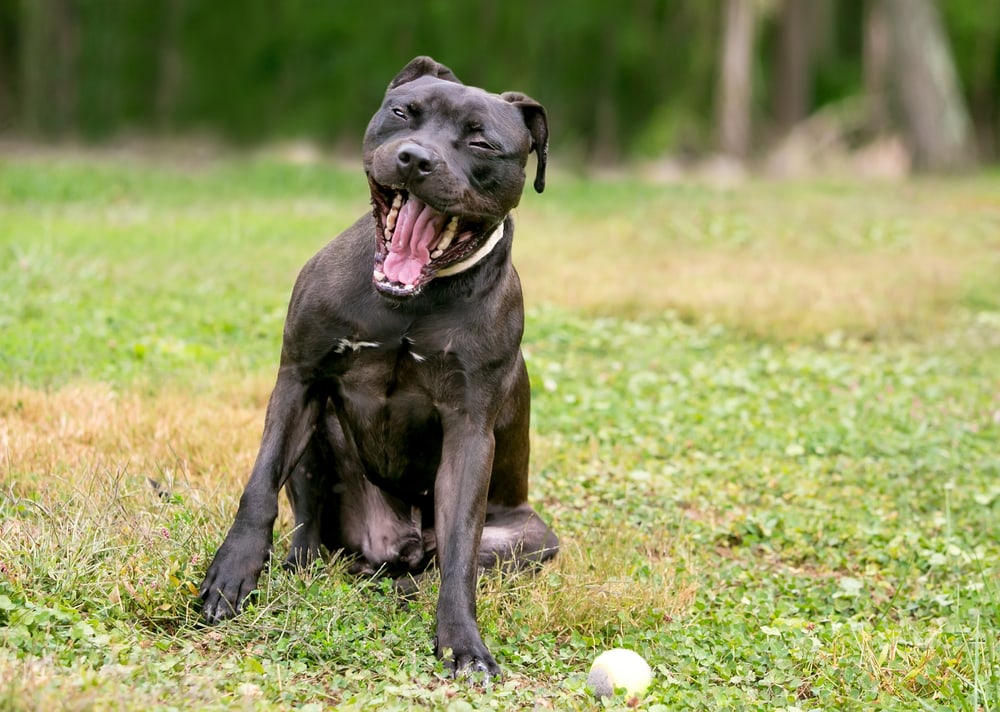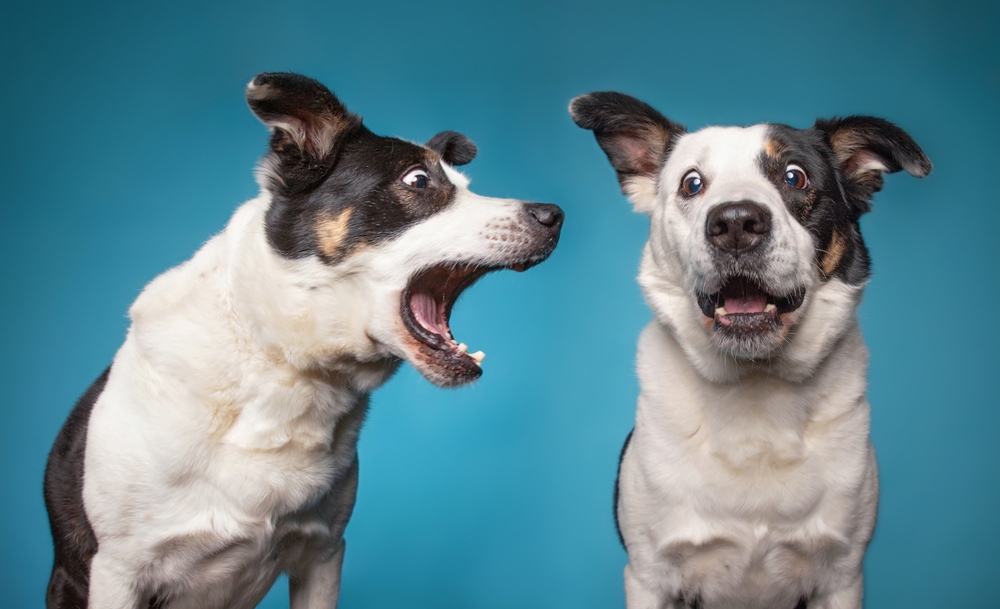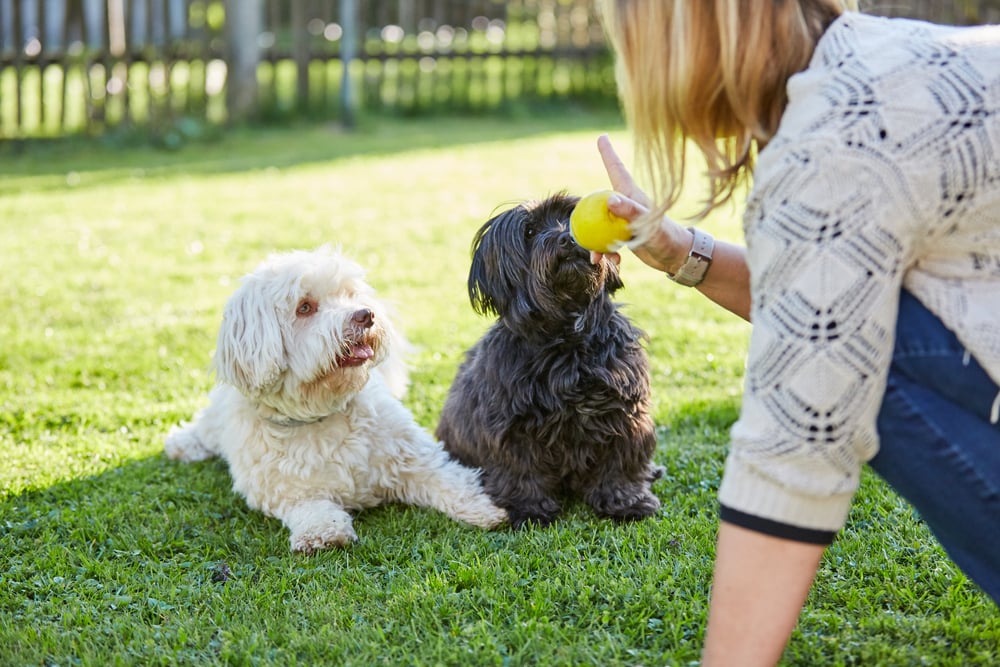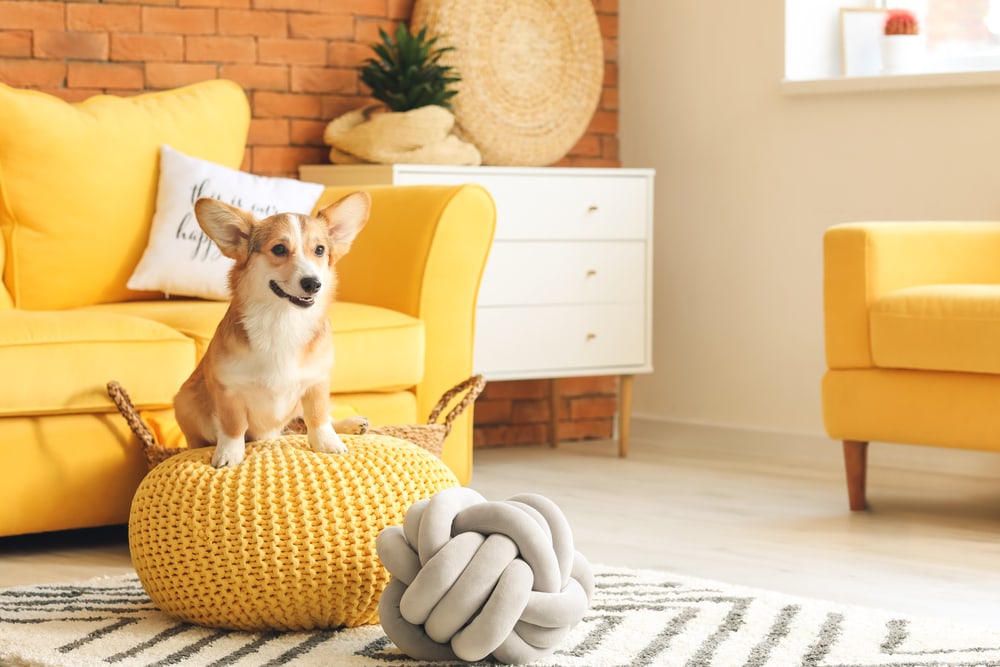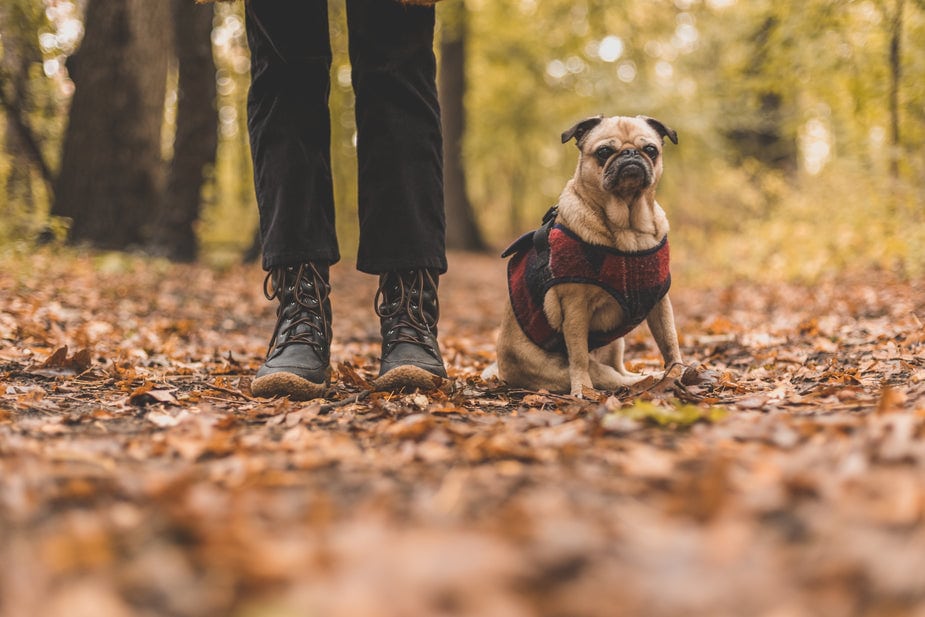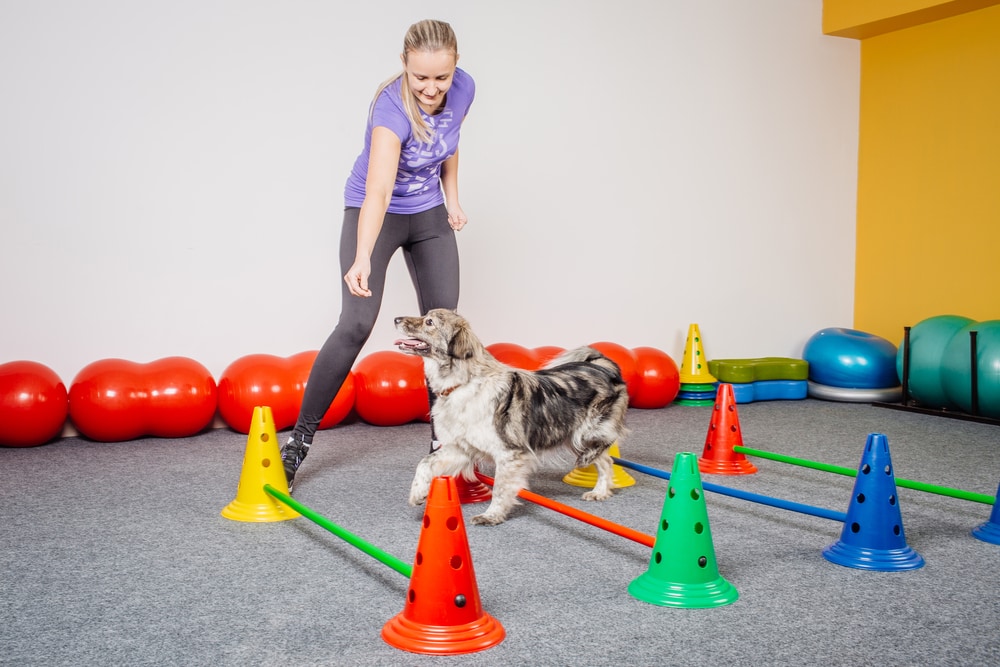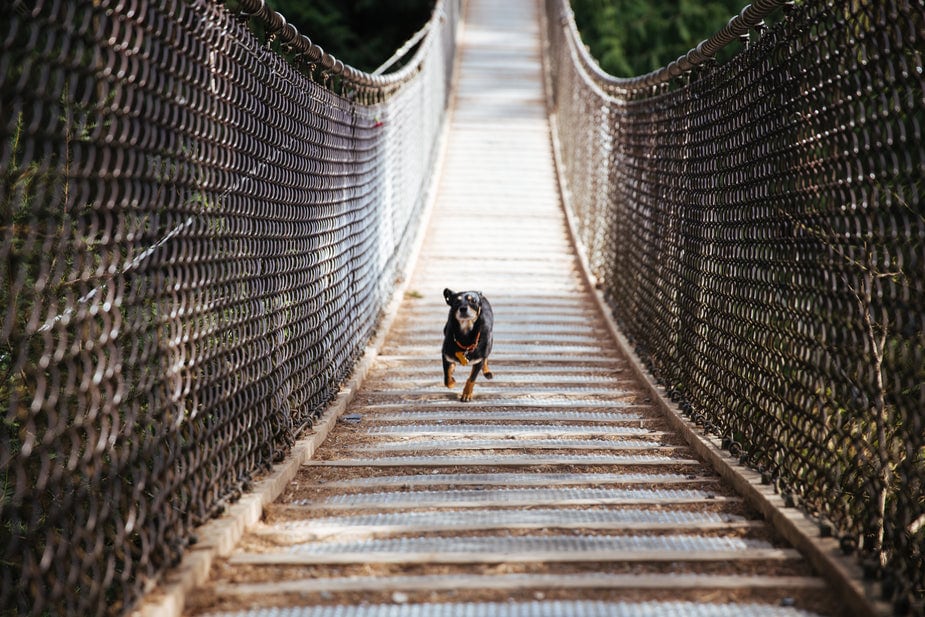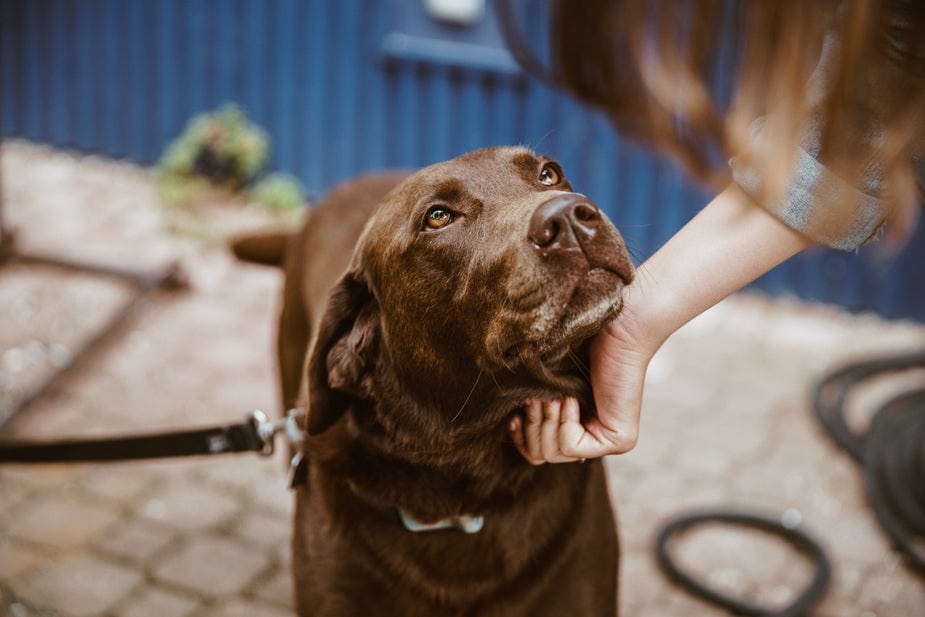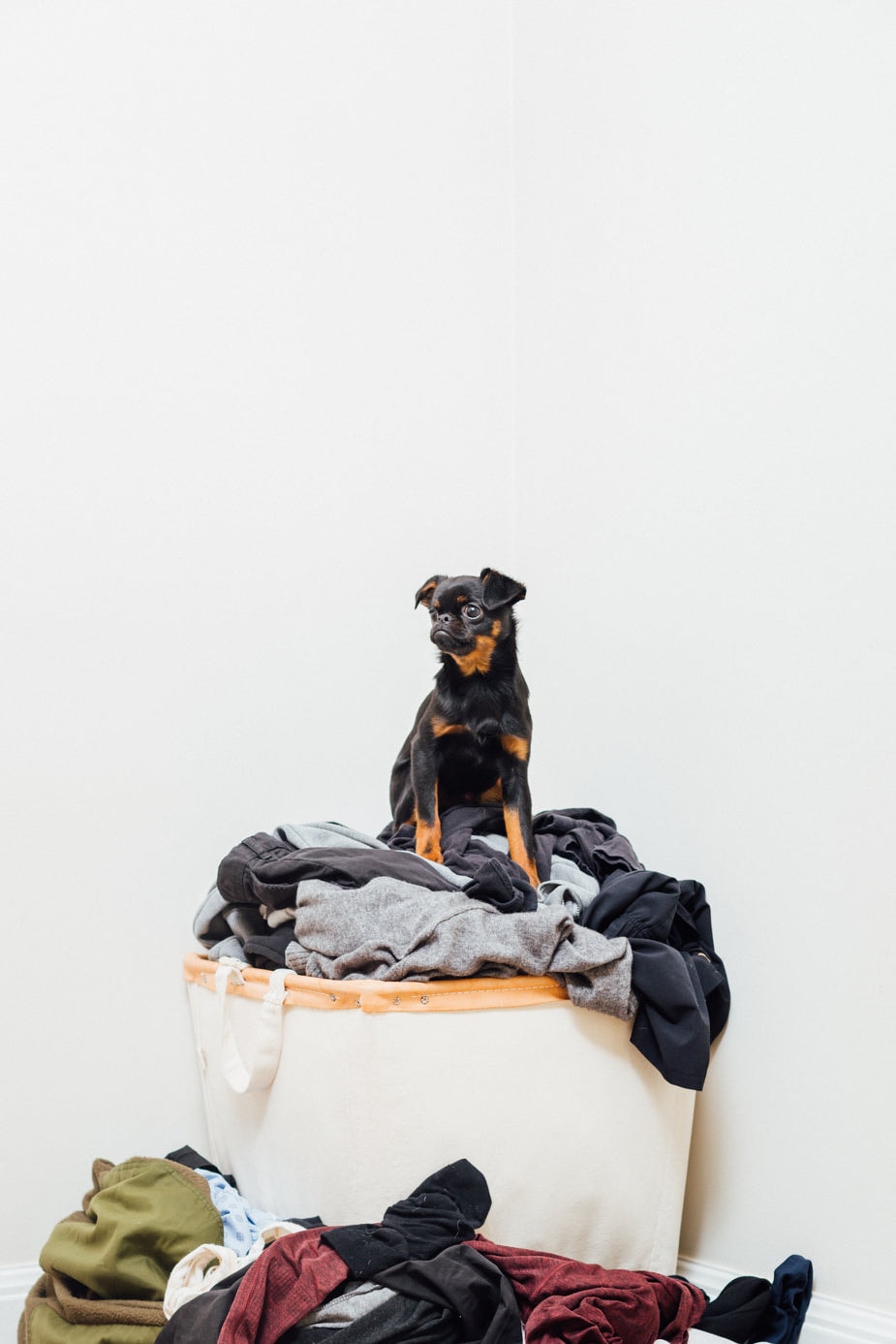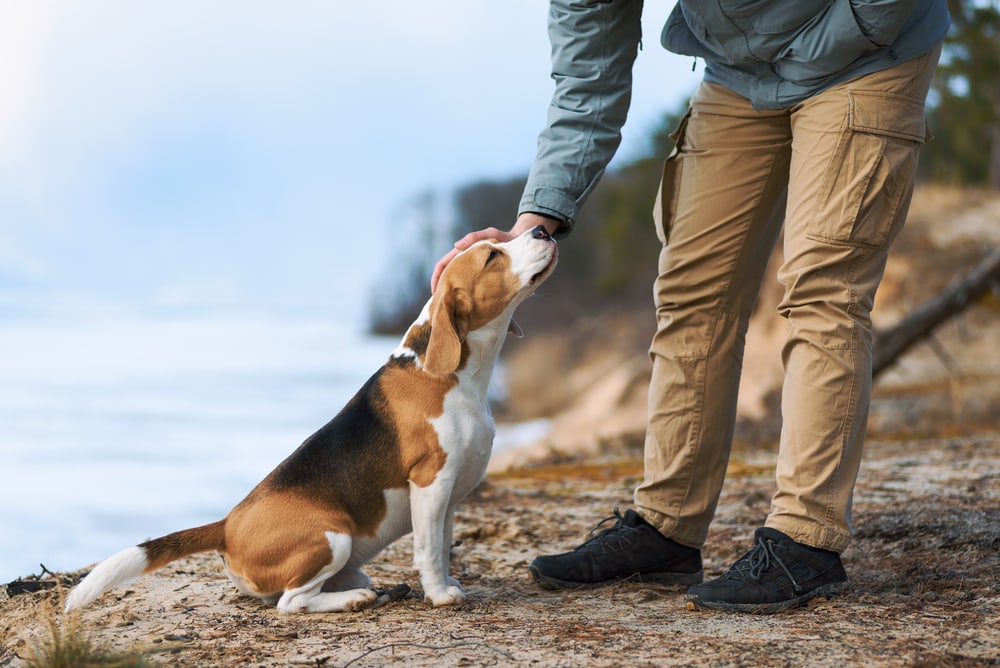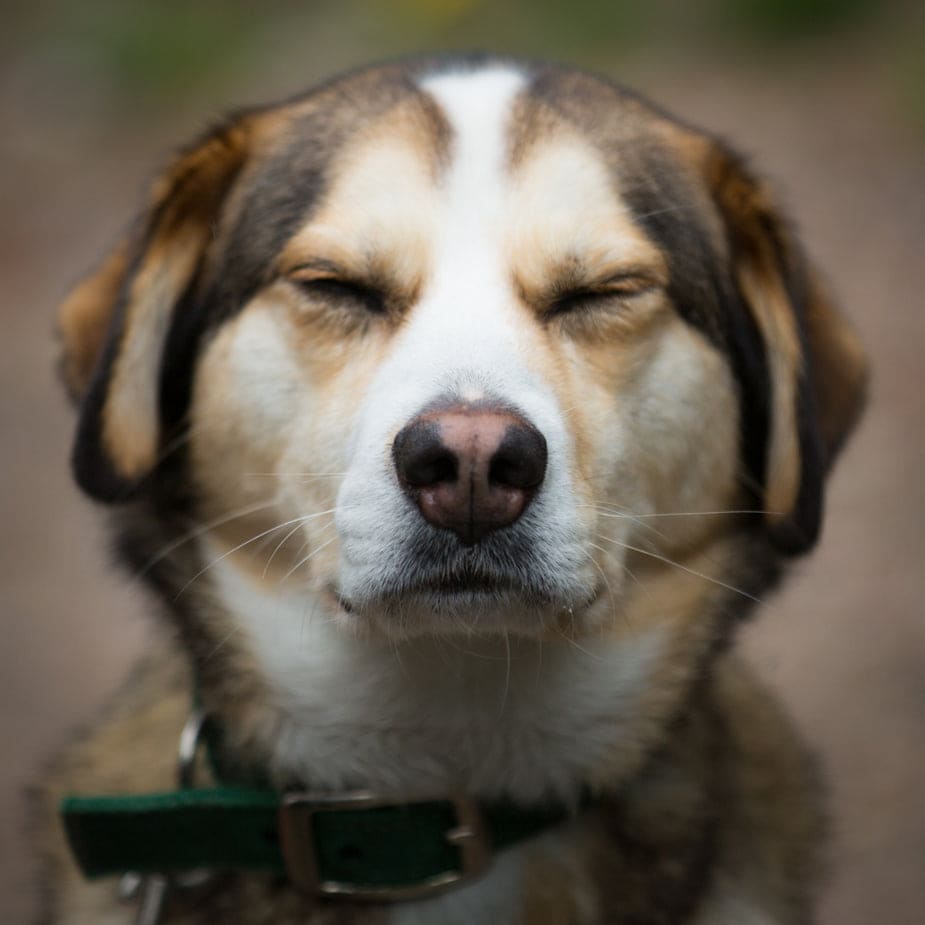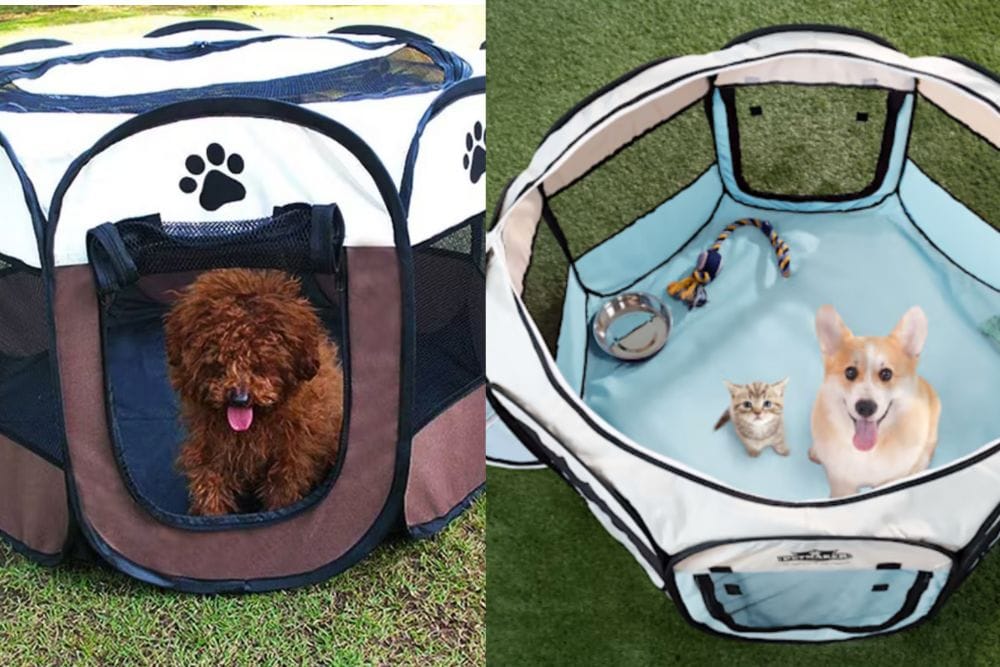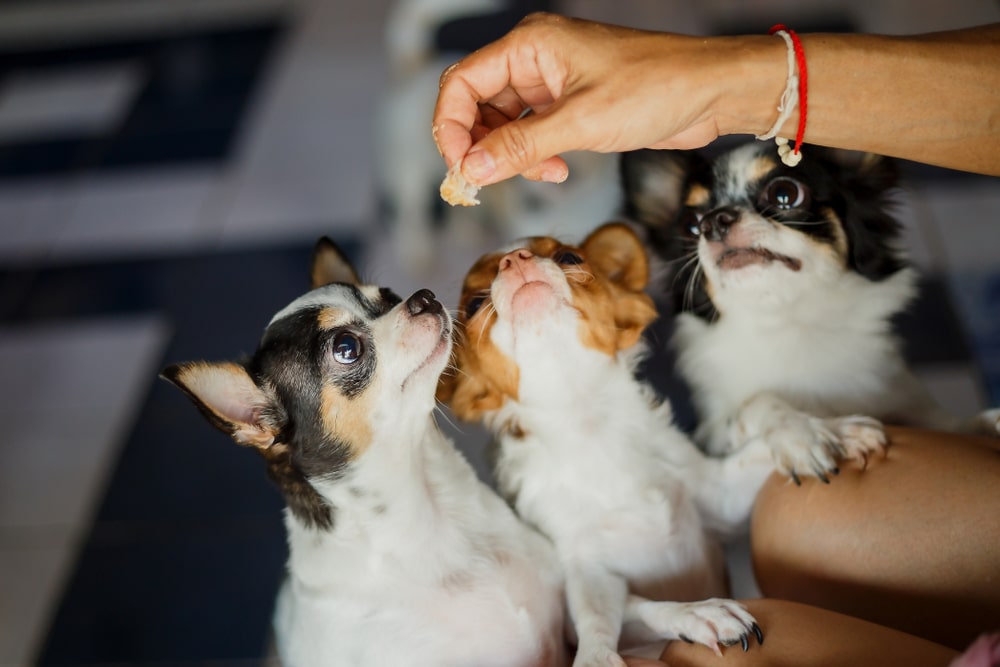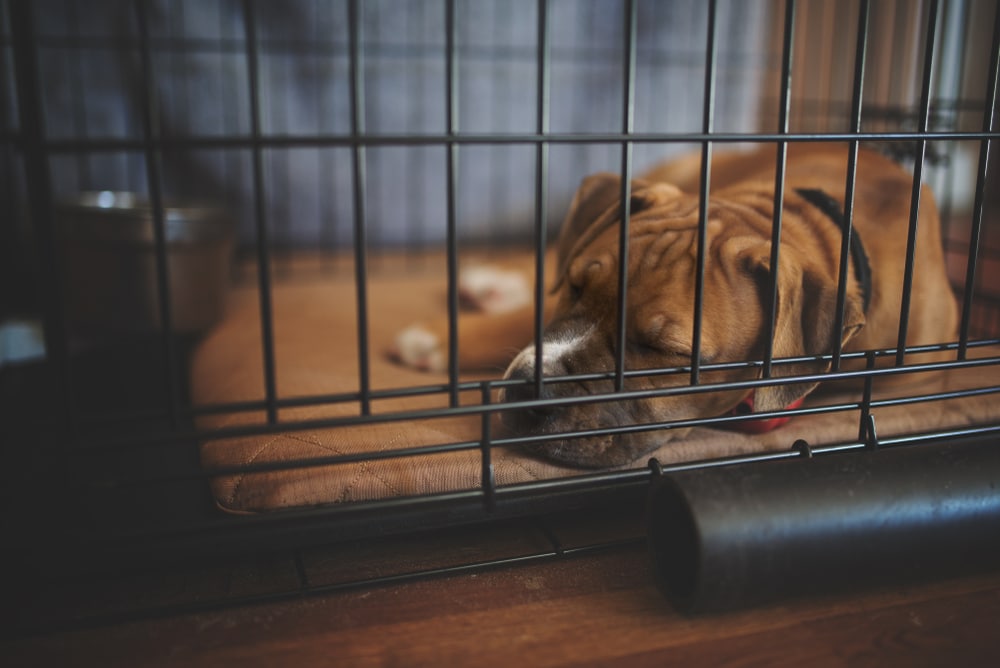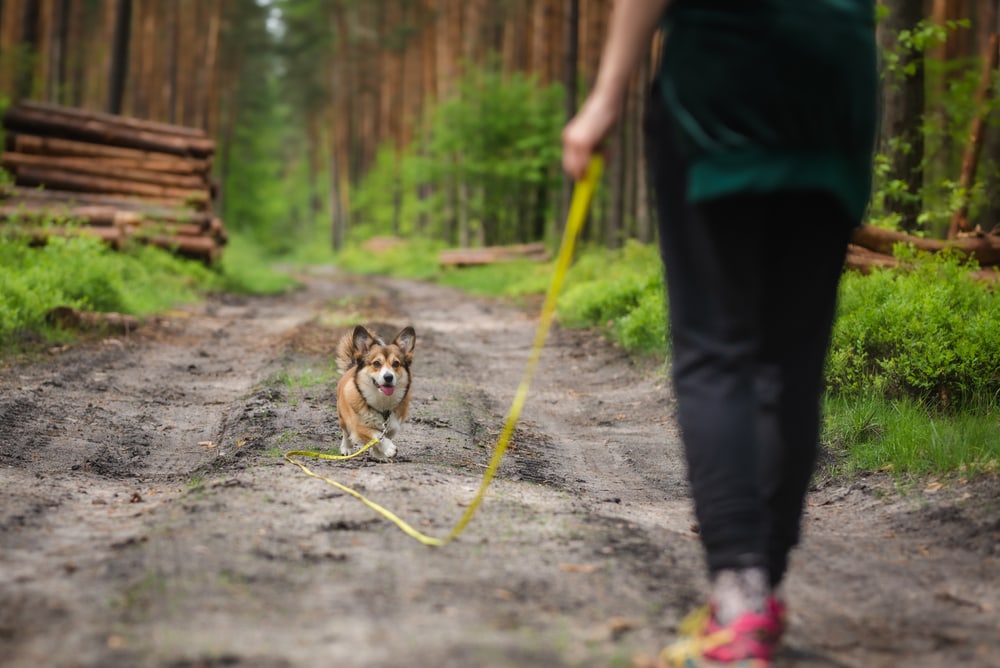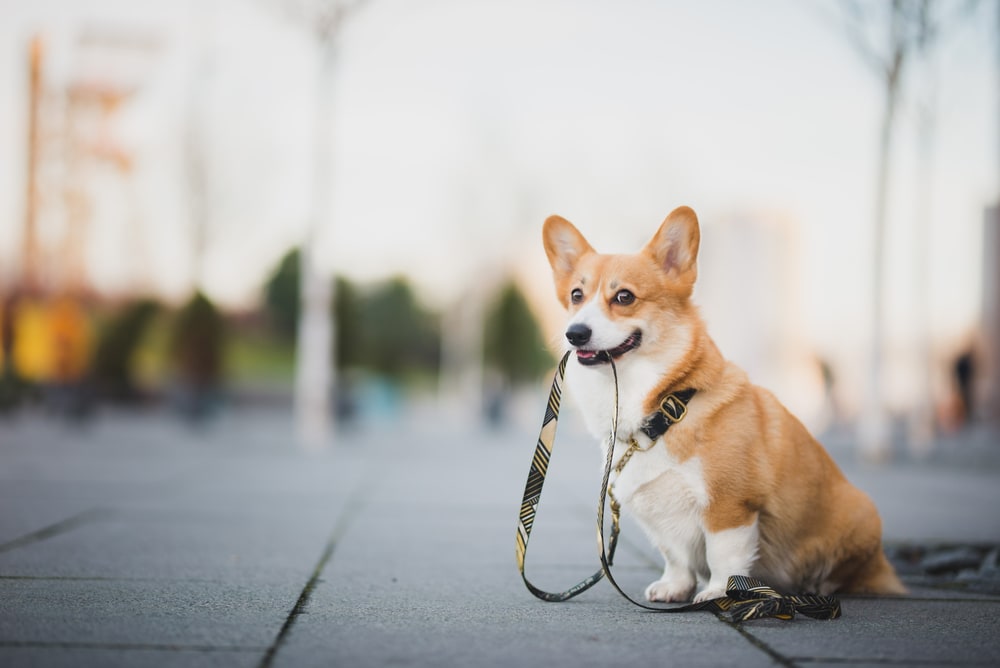Dogs are beloved members of many families, but living with an untrained pet can be frustrating and stressful. Properly training your dog can make a world of difference in your home life. This creates a happier and more harmonious environment for both you and your furry friend. However, training a dog can be a daunting task, especially if you’re not sure where to start. That’s why we’ve put together these training hacks that will make home life more enjoyable for the whole family. From basic obedience commands to potty training and beyond, these tips will help you train your dog effectively and make the most of your time together.
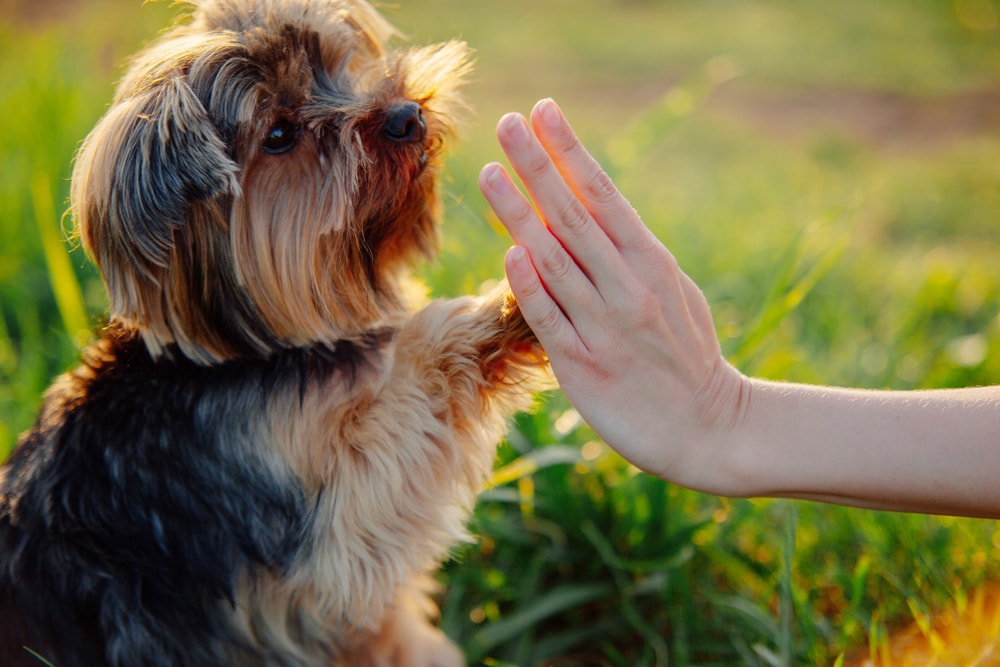
Consistently Use Positive Reinforcement
The most common dog training hack is consistent positive reinforcement. This is a training method that can be done using treats, verbal praise, petting or cuddling. The idea behind positive reinforcement is that dogs will repeat behaviors that are rewarded. By rewarding good behavior, you can encourage your dog to behave well. The key to using positive reinforcement effectively is to reward your dog immediately after they exhibit the desired behavior. For example, if you’re teaching your dog to sit, you would give them a treat as soon as they sit down. You should also use verbal praise, such as saying “good dog!” in a happy tone of voice. Make sure you are consistent with their commands, as well as the rules of your household. Don’t confuse the dog by having only half of your household following the rules, or using different words like “sit” versus “down”.

